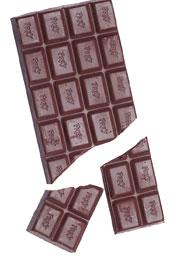Today I had my endo appointment. He thinks that my management is so good that we only need to set up appointments twice a year. I can live with that, as I get the appointments I need with Alice, my fabulous diabetes nurse in the day-hospital unit. In my eyes,
I started seeing my current endo, when I moved to
Sitting in his office today, I almost felt like back then. He asked about, whether I had decided to stick with the pump or not, and I told him that although I am still not convinced, I am being a bit more positive towards it than I was 6 month ago, so I felt I had to give it a bit more time to make it prove its worth. Jimmi and I do want to have kids within the next few years, and as much as I know that the hospital will not approve Lantus for use during pregnancy, I absolutely do not want to go back to Insulatard® and its unpredictability, so, as I told my doc, it will probably be wise to try to make pumping work. I told him about the issues I currently feel I have with it, but he didn’t really have any suggestions as how to solve those. As these issues are specifically related to the sports activities I like to join, he asked if the adhesive on the infusionsites would stay put when I was sweating. I told him that I would usually secure the site with an additional adhesive, because I had experienced unintentional detachment of sites due to sweating. I also mentioned that I had started swimming again, and he immediately asked me how I managed with the pump during swimming.
“I take it off”, I replied
Doc: “So you take out the whole thing?”
Me: “No, I just disconnect like this (showing him how to disconnect the pump), put a couple of pieces of Tegaderm® over the site to seal it, and go swimming”
Doc: “Let me see that again (referring to the disconnection procedure, carefully inspecting the infusionsite). It is so much smarter than those old butterfly-needles that were used with pumps 20 years ago.”
Me: “Yeah, I guess so….” (thinking to myself: Haven’t he kept himself informed about the new advances in diabetes treatment at all for 20 years?!!! He too recommended the pump 4 years ago, when he finally realised that we needed to exclude Insulatard® from my regimen if I was to regain decent control – and now he reveals that he actually knows nothing about pump therapy!!).
I am so happy that I got
I've got an appointment with Alice in two weeks :-)







